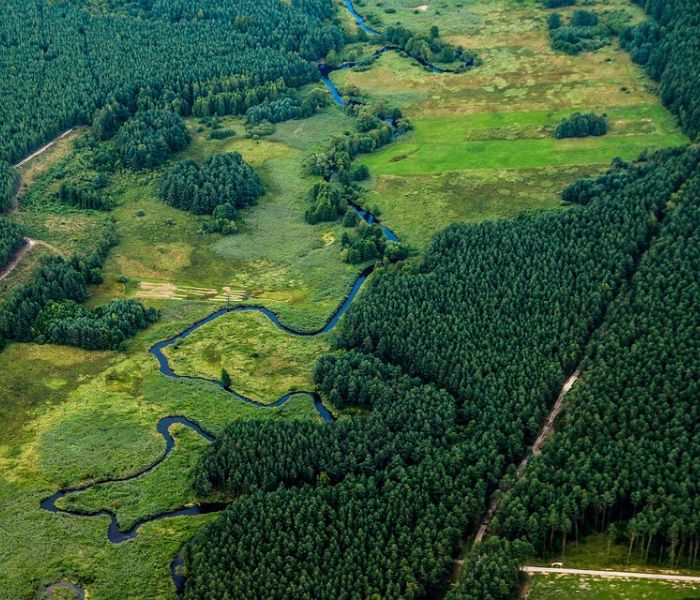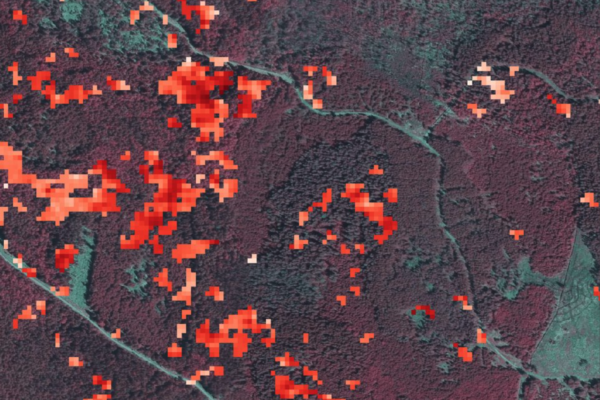Conventionally, this task was accomplished through manual inspection and data collection, which was time-consuming, labor-intensive, and prone to error. With the advent of digitalization and AI, the process of forest monitoring has been revolutionized, providing efficient, accurate, and cost-effective solutions.
A step towards sustainable forestry
Digitalization has transformed the way we approach forest monitoring. The widespread use of advanced technologies, such as drones, remote sensing, and geospatial data analysis, has made it possible to collect data on a massive scale, in real-time, and with high precision. The integration of AI models has allowed for the automatic processing and analysis of this data, providing insights that would have been difficult or impossible to obtain through manual inspection.
Climate change is one of the biggest challenges facing forests today. Changes in temperature and precipitation patterns are having a significant impact on the growth and health of trees, as well as the distribution of plant and animal species. As a result, there is an increased need for real-time monitoring and assessment of the effects of climate change on forests.
Optimizing forest monitoring with the power of AI
The power of AI can be harnessed to support forest monitoring efforts. Machine learning models can be used to analyze large datasets and identify patterns and trends that would be difficult to detect through manual inspection. AI can also be used to predict future changes in forest ecosystems based on historical data and current trends. For example, AI can be used to detect the spread of invasive species, estimate the impact of natural disasters on forests, and predict the effects of climate change on tree growth and survival.
In addition to providing valuable insights, digitalization of forest monitoring offers several other benefits and gains. It is significantly more efficient and cost-effective than traditional methods, as data can be collected and analyzed near real-time, reducing the need for manual inspection and the risk of objectivity and error.
Another key benefit of digitalization is the ability to monitor and manage forests near real-time, providing quick and accurate information in the event of natural disasters, such as storms. This helps to reduce the impact of these events and allows for rapid response and recovery efforts.
Accurate and up-to-date insights translate into healthier forests
The integration of AI into forest monitoring provides an efficient, cost-effective, and accurate solution for tracking changes in forested areas and assessing the impact of climate change. The ability to collect and analyze large datasets in real-time allows for a comprehensive understanding of the forest ecosystem, supporting decision-making processes and promoting the health and sustainability of forests. The benefits and gains of digitalization in forestry are clear, and the integration of AI into forest monitoring is a critical step in ensuring the future of our forests.




